Conflicting Views
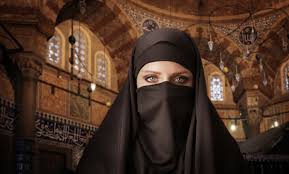 Credit Asia Times
Credit Asia Times
A fierce debate is ongoing in the Arab world between feminists who altogether altogether reject religion on the notion that female liberation and worship are fundamentally contradictory and those Arab women who advocate the view that religion is a source of strength. The generation coming of age and exposed to the digital world and exposure and travel abroad challenge the stereotype of a frail and subjugated Muslim woman terming it as a colonial ploy. Traditional Muslim women challenge the notion that such an “empowering movement liberates Muslim women “ and instead is an affront to their religious sentiments and identity. Presently within the Muslim world the clash continues between the conservative mindset and the progressive elements who visualize an active role for themselves in the changing international scenario . Such interplay of forces are an integral component of contemporary Muslim women movement for gender parity. Empowering Muslim women implies that a huge and hitherto human resource pool had not been exploited earlier.
Strength in numbers
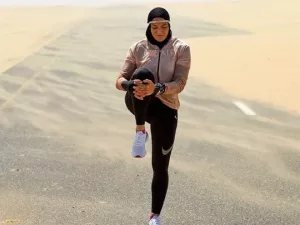 Credit Arab America
Credit Arab America
Around half a billion Muslim women live in 45 Muslim majority countries and some 30 countries including Western countries have significant Muslim minorities. The Muslim majority countries extend from Senegal to India and Pakistan. Indonesia is the most populous Muslim majority country. In most Muslim countries women are subject to dual legal systems which on one hand is the civil law derived from Western jurisprudence and on the other hand family or personal status law derived from the canons and principles of Sharia which is the Islamic religious law. Caught between the crossfire of traditional patriarchal family model and an egalitarian nuclear model Muslim society is at times termed as “neopatriarchal” and accused of intra-familial gender based inequality. A predominantly Muslim region MENA depicts the characteristic of extremely low female involvement in labor force which may be attributable to wealth. The MENA region is awakening from its slumber and female involvement in commerce , business, professions and administration is increasing at executive levels.
Cultures and Muslim Stereotypes
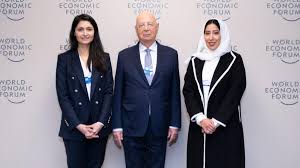 Credit khaleej Times
Credit khaleej Times
Arab girls growing up in the West face the dilemma of wearing the “Hijab” (headscarf) which is presented as being a flag bearer of Islam . Western curbs on wearing Hijab makes every social interaction a battleground for retaining one’s religious and cultural identity and holding oneself in high cultural esteem. Cultures and stereotypes determine whether sports women can be rebuked for wearing too much or too less. Interestingly a form of feminism has swept across the Arab monarchies albeit with the tacit consent of the predominantly male conservative rulers wanting to integrate into the global financial system and project a modern image.Instances of bold Muslim Arab women are increasing who have insisted on maintaining their cultural traits at the risk of being ostracized in international events. Qatari hurdler Mariam Farid was the first Qatari athlete to participate in the World Athletic Championships wearing a Hijab. The traditional role and stereotype of Arab women in a highly conservative society is undergoing a conscious change. When Qatar’s Mariam Farid started her schooling in a French school she was separated in a classroom away from her class mates as she insisted on wearing her Hijab in defiance of the school policy. Defending her right of expression encouraged her to boldly venture into the world of sports and compete with other hurdlers clad in skimpy or revealing sportswear.
Economic Compulsions determine Arab Women Empowerment
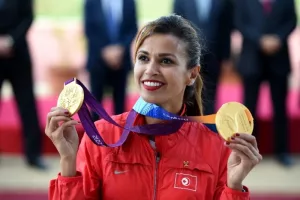 Credit Arab America
Credit Arab America
The move away from fossil fuels has shaken Middle Eastern and OPEC giants complacency hence their drive for diversification of the petrochemical economies which intriguingly is empowering Arab women. Around two-thirds of the population of Kingdom of Saudi Arabia including women are officially below the age of 30 and social unrest and discontent is something which the kingdom can ill afford and has to be avoided at all costs.The Saudi Vision 2030 includes the participation and empowerment of women leading to the projection of a soft and liberal image .One of the directives of Saudi Vision 2030 is to activate the role of Saudi women in society and to give them their rights as guaranteed by Shariah. It is no longer imperative for Saudi women to seek permission of a male guardian to commence business and can drive cars unaccompanied . After having spend centuries in support roles they seem to be testing unchartered waters. Across the oil producing Gulf region the conservative monarchies are having to tread a delicate line between liberalization of women and volatility in oil revenues.
Arab Princess become Torchbearers of Empowerment
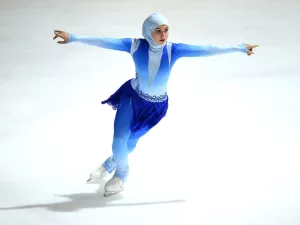 Credit Arab America
Credit Arab America
Images of Princess Sheikha Mahra of the United Arab Emirates at the racecourse caressing the mane of her beloved stallion lead to a fashion frenzy amongst Arab women who are now digitally connected to fashion trends. Arab women are re identifying their individuality in a patriarchal society and emerging from the background. The Saudi Vision 2030 and its cultural transformation aspect has resulted in the Arabian fashion industry exploding and at the same time exciting well entrenched fashion designers to compete for a slice of the fashion pie. At an average the Emirati and Saudi woman spends twice as much on branded clothing vis a vis Chinese women. The vision aligns with an independent analysis projecting that the Arab and regional bridalwear market and children and adolescent spread of clothing and shoes is a commercial aspect of contemporary Muslim awakening.
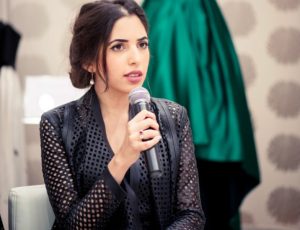 Credit Islamic Fashion Design Council
Credit Islamic Fashion Design Council
Enterprising Saudi fashion designer Razan Alazzouni is world famed and her fashion products and retail clothing line are visible in more then 50 cities worldwide .Access to the internet and exposure to Western values and culture upon frequent travels abroad have in a manner of speaking brough the world’s fashion at their doorsteps.The wave of liberalisation sweeping across the Arabian sands is seeing for the first time Emirati and Saudi women treading a delicate line between the imperative of modesty prevailing in a tribal and ultra conservative environment and expressing feminine vanity which is a natural response to Western cultures and empowerment.The underlying theme is that Muslim Arab women are adjusting to changing cultural and economic dynamics while jealously guarding their religious sensitivities.
Arab gender parity here to stay
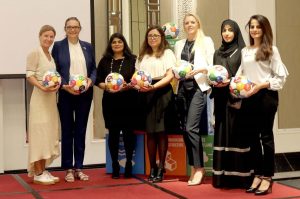 Credit Arabian Business
Credit Arabian Business
The First Lady of Qatar Her Excellency Sheikha Mozah Bint Nasser has been recognized by Vanity Fair as amongst the most stylish women in the world and is also UNESCO’s special envoy for basic and higher education and pursues her mission in a serious manner.Abu Dhabi the capital of United Arab Emirates hosted the Forbes 30/50 Summit focusing on the success of world renowned women in leadership roles.Participation of Arab women in such events were unthinkable decade ago.The summit was perfectly timed to coincide with International Women’s Day for achieving maximum impact and international attention.Arab women liberalism is here to stay and no uncalled for criticism by Western inspired feminists can sway Muslim women from the righteous path to glory in all spheres of modern life. Credit goes to the Arab leaders of the desert kingdoms who in stark departure from the past are staunchly supporting Arab women. The states of Oman, Qatar , United Arab Emirates and Kingdom of Saudi Arabia were once confined to fossil fuel production and refining .The renaissance incorporates practical, economic, digital and strategic aspects and aspirations of the Arab Muslim world which is making rapid progress in social and economic spheres. Judging by the current pace of development and structural reform in the human resource field and business and economic restructuring the Gulf monarchies will by the year 2030 be cultural role models for the Muslim world.
By Nadir Mumtaz

Leave A Comment